I have a fascination with hilltop towns in Italy. These charming clusters of terracotta-roofed buildings perched on rocky outcroppings just seem to epitomize everything quaint and romantic about Italy. But as alluring as some of these tiny borghi are, there’s often not too much to do in them other than find a local cafe or trattoria, meet some of the locals and enjoy the beauty all around you. (Which is wonderful in its own right.) The town of Orvieto, however, is a different experience, because while it may sit on a photogenic hilltop, this town of 20,000+ residents offers much more for visitors to do than just sip a spritz while admiring its beautiful Cathedral. Here, then, are some of the best things to do in Orvieto should you choose to visit (and you most definitely should!).
Ride the Funicular to the Historic Centre
Whether you arrive in Orvieto by train or by car, half the fun of getting to the historic centre of this hilltop town is taking the funicular to get up there. Fortunately, if you come by train, it couldn’t be more convenient, as the funicular is located in the same Piazza Matteotti as the train station, directly opposite it in fact. It only costs 1.30 euros each way, and that same ticket includes a free shuttle bus from the top of the funicular where you exit to the Piazza del Duomo where Orvieto’s beautiful Cathedral is located.
Once at the top, before you hop on that shuttle bus you may want to stop into the tourist information office right next door to the funicular exit. Not only can you get directions and general information about Orvieto here, you can also purchase an attractions ‘passport’ that offers visitors discounts on many of the town’s popular attractions.
TIP: If you want to see ‘everything’ in Orvieto, the Orvieto Carta Unica (City Pass) is an economical all-access pass allowing you to visit 8 of Orvieto’s main attractions for about 50% of the cost of individual entrance fees. This comprehensive ticket costs 25 euros each (20 euros for seniors). And new this year, there are also themed passes you can buy online that cost even less (15 euros/10 for seniors) that include entrance to 4 specific attractions that relate to different themes: i.e. there is a Medieval Card, an Underground Card, an Etruscan Card, etc. so depending on your interests and time, you can decide which makes the most sense for you.
Visit the Pozzo di San Patrizio (St. Patrick’s Well)
One of the most interesting sights and a must-do for most visitors to Orvieto is the Pozzo di San Patrizio, a 54-metre deep circular well that dates back to the 16th century and is considered to be a masterpiece of Renaissance engineering.
Henk and I had visited a similar-looking structure in Sintra, Portugal, but the Portuguese version was a more allegorical structure: it was designed as part of the Romantic garden of the Quinta da Regaleira estate, and was meant to symbolize death and rebirth, and the connection between heaven and earth.
This Pozzo in Orvieto, however, was designed to be a functional water source: commissioned in 1527 by Pope Clement VII who took refuge here after Rome was sacked by the Holy Roman Emperor Charles V, the well was built to ensure an adequate supply of water should Orvieto ever fall under siege.
As such it was constructed with two parallel spiralling stairways, much like a double helix, so that mules carrying water could travel up and down on separate stairways without causing any traffic jams along the way.
Descending into the well today as a visitor doesn’t require any mule power, and it is definitely worth the climb down the 248 steps (and back up afterwards!). The spiral journey into the well provides interesting viewpoints both up and down from the 72 large windows that open to the interior, and the cistern at the bottom has become a sort of wishing well, judging from the coins we saw in the water.
Why “St. Patrick’s” Well?
The name is actually linked to an underground grotto in Ireland where St. Patrick spent much time praying, a cavity so deep that it was believed to link the world of the living to the Gates of Purgatory. Pope Clement knew of this legend, so he named this well in Orvieto after the Irish saint, giving his military water source a much more religious moniker. (I guess Popes gotta do what Popes gotta do!)
TIP: The Pozzo di San Patrizio is only a short walk from the top of the funicular, so it is a great place to start your exploration of Orvieto. There’s also a bar here if you’d like to grab a snack or a drink. When you are done exploring the Well, just beside it is a small park with Etruscan ruins, the Templo Etrusco del Belvedere, and a shady garden with a nice overlook.
Admire Il Duomo – Orvieto’s Cathedral
The jewel of Orvieto is undoubtedly its Duomo, or Cathedral, which dominates the Piazza del Duomo and is the spiritual and social heart of the town. This Romanesque/Gothic style church is considered to be one of the most beautiful churches in Italy and was begun in 1290, but took over three hundred years to complete. The Cathedral has no shortage of elaborate decoration, starting with the incredible architectural details, bas relief sculptures and colourful mosaics on the facade of the building.
Architect and sculptor Lorenzo Maitani is to thank for this beautiful first impression, as he was instrumental in creating the design of the facade although the initial plan was started by Arnolfo di Cambio twenty years earlier. Maitani took it over, employing talented sculptors, goldsmiths, painters and mosaic artists to bring his vision to life. One of these artists, Andrea di Cione, is responsible for creating the huge rose window as well as the mosaics that depict the life of the Virgin Mary in various scenes .
Rain or shine, these mosaics shimmer with a life of their own thanks to the brilliant gold backgrounds behind the figures, and are one of the Duomo’s most recognizable and beautiful features.
Inside the Cathedral, the soaring height of the vaulted ceiling and elaborately decorated chapels provide plenty of photogenic architectural details, rivalled only by the beauty of the stained glass gothic windows and frescoes inside the side chapels.
The Capella di San Brizo Frescoes
One chapel in particular, the Capella di San Brizo on the right of the Duomo’s main transept, definitely came as a bit of a surprise when I saw the Last Judgment-themed frescoes painted here by Luca Signorelli. Signorelli worked for 5 years painting this masterpiece – a graphically vivid narrative of Judgement Day that would not be rivalled in its style or subject matter until almost 40 years later when Michelangelo completed his version of it on the end wall of the Sistine Chapel. (In fact it was said that Michelangelo was an admirer of Signorelli’s work.)
It’s easy to see why Michelangelo was a fan: Signorelli’s Redemption and Apocalypse scenes feature muscular nudes of saints, sinners and demons in dynamic poses and compositions that are anything but modest or static.
Even some of the painted figures on the surrounding chapel walls seem to be as captivated by the imagery above them as the visitors. It’s not clear whether they are fascinated or appalled by all that skin, sin and salvation, but there’s no doubt these frescoes are very judge-y indeed.
Explore Orvieto’s C. Faina Archaeological & Civic Museum
Directly opposite the Duomo in the same Palazzo Papale is the C. Faina and Civic museum that houses a collection of ancient archaeological finds from Orvieto and the surrounding area as well as artifacts purchased at various antiquarian markets.
The ground floor is where you will find a pretty impressive collection of Etruscan artifacts specific to the history of the Orvieto area. There is evidence that suggests Orvieto itself may be the site of the ancient Etruscan city of Velzna, which was home to the most important sanctuary of the Etruscans.
Upstairs there are more Etruscan pieces, but also a large collection of Roman coins and some beautiful centuries-old Attic vases depicting everyday life in Greece, their myths and cults.
We actually have the rain to thank for driving us indoors to explore this museum, because had it been a sunnier morning, we might have chosen to spend more time outside and less time exploring this museum in such detail. But while we waited for the rain to let up, we were very pleasantly surprised with the quality of the collections on display, and would definitely recommend you visit, regardless of the weather!
TIP: if you are interested in seeing more archaeological items found specifically in the Orvieto region, check out the National Archaeological Museum on the opposite side of the Piazza del Duomo, adjacent to the Cathedral.
Climb the Torre del Moro for 360-degree views
Climbing the Torre del Moro is one of the most popular things to do in Orvieto, as it offers visitors beautiful 360-degree views over the town and the surrounding countryside. But given that it was still raining and heavily overcast, I wasn’t very enthusiastic about the idea: I just didn’t see the point of humping it up 250 steps to see nothing but rain and grey skies. Fortunately for me, Henk insisted we go up anyways, and not 10 minutes later, after reaching the top of the tower and stepping out to look around, the rain stopped and the skies started to clear.
With the clouds dissipating and the sun starting to come out, we had some of THE best views of Orvieto and the surrounding hills – not to mention the Tower all to ourselves.
The sun stayed out for the rest of the day, and when we returned to the Piazza del Duomo we ended up capturing some of our best photos of the Cathedral as a reflection in puddles that had remained on the cobblestones – proving that sometimes even less-than-ideal weather can yield the best photos.
Shop for ceramics
Ceramics have a long history in Orvieto, beginning thousands of years ago with the Etruscans who produced a unique black pottery called buccheri (examples of which can be found in Orvieto’s archaeological museums). But it was during the Middle Ages that Orvieto experienced its ceramic heyday with the manufacture of colourful majolica pieces. The master craftsmen who perfected this pottery were known as Vascellari and it was they who introduced the bright yellow and cobalt blue colours as well as relief details.
The manufacture of majolica in Orvieto was re-introduced in in 1920, when the Arte dei Vascellari factory was founded and began producing traditional majolica pieces inspired by some of the Medieval artifacts discovered here. Today there are plenty of opportunities to purchase modern-day majolica items in the shops around Orvieto: the hard part is deciding which piece is the perfect one to bring home.
Taste the Local Wine
Before ever visiting Orvieto, I was familiar with the name thanks to one of my favourite white wines, Orvieto Classico. This part of Umbria is known mostly for its white wines in particular, but there are also excellent Sangiovese reds that are produced in the region. If you want to enjoy some of the fruits of the vine while in Orvieto, head into one of the town’s enotecas (wine shops) to learn more about the local vintages, enjoy a tasting or to pick up some bottles as a souvenir of your visit – even if it is only a temporary memento!
Grab a Porchetta Sandwich
Umbria is renowned for its porchetta, a mouth-wateringly delicious rolled pork roast that is heavily seasoned with herbs and spices, and something you should definitely try when you are in Orvieto. A great way to sample it is at a local deli, many of which offer freshly-made porchetta sandwiches, pairing it with local cheeses and chutney-like condiments for a yummy and economical lunch. Henk and I stopped in at Il Negozietto on Via dei Magoni which was a great option not far from the Duomo – but honestly, with porchetta being as tasty as it is, it’s hard to go wrong with whatever place you choose to try it.
TIP: Porchetta can be found in North America, too, wherever large groups of Italian immigrants have settled. Many of these families brought with them their secret recipes for seasoning and preparing porchetta. Sudbury, Ontario, is one of these communities and a local sports bar called the Beef’n’Bird has become famous for its Saturday afternoon “Porchetta Bingo” games where participants play a version of Bingo to win free platters of this delectable meat. It’s that good.
Take in the Views at a Panoramic Overlook
To fully appreciate the hilltop location of Orvieto, head to the south end of the main Piazza del Duomo where you’ll find a small parkette at the end of which is a panoramic lookout facing south. This walled viewpoint sits right on the edge of the cliff and offers commanding views of the Umbrian countryside that surrounds Orvieto.
If the views of lush vineyards and undulating hills disappearing into the distance isn’t inspiring enough, there’s even a monastery in the midground with a 13th century tower to complete the picture. This is the Abbazia dei Santi Severio e Martiro monastery which today operates as a hotel and because its origins date to the 6th century, it is considered to be one of the oldest hotels in Italy (but a 4-star historic boutique one, of course!)
Enjoying the views from this overlook was one of the last things we did in Orvieto before heading back to the funicular and the train station, and turned out to be a picture-perfect way to end our visit.
More to Orvieto Than Meets the Eye
Many visitors come to Orvieto on a day-trip from Rome, which is exactly what Henk and I did, hopping a train in the morning so we would have the whole day to explore the town at our leisure. Although only 80 minutes or so from the craziness of the Eternal City, this felt like a world away and even at a relaxed pace, we had plenty of time to explore some of the best things to do in Orvieto. Of course, with more time, there is always more to be discovered, including ‘Underground Orvieto‘, an elaborate labyrinth of grottoes, tunnels and wells beneath the historic centre that dates back 2500 years to the time of the Etruscans. Not to mention other churches, more museums, and historic palazzi just waiting to be discovered.
Like so many of Italy’s lesser-explored small towns, this historic hilltop beauty offers much more than meets the eye.
Even if what meets the eye is pretty incredible.
For more information on Orvieto, check out their official tourism site for help planning your visit.

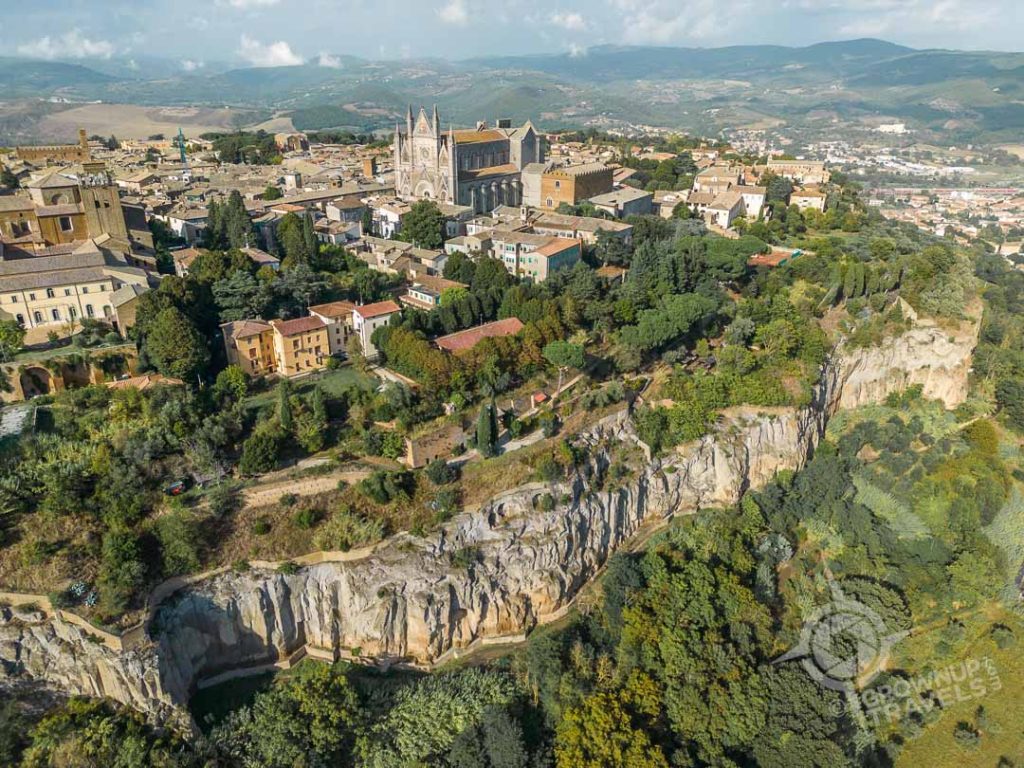
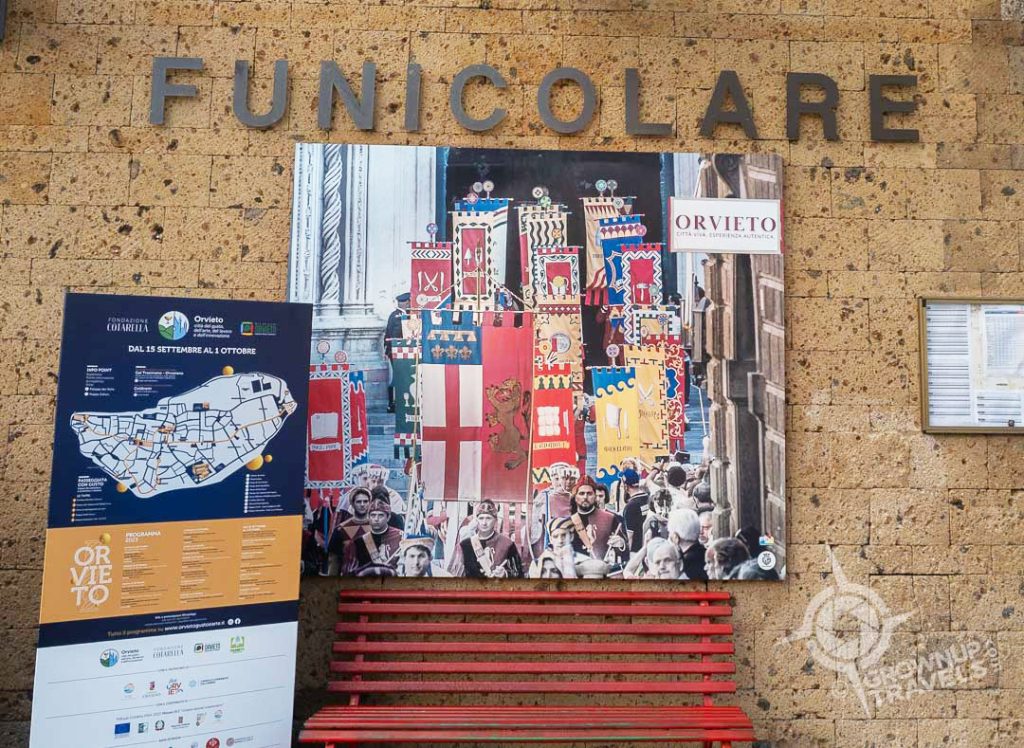
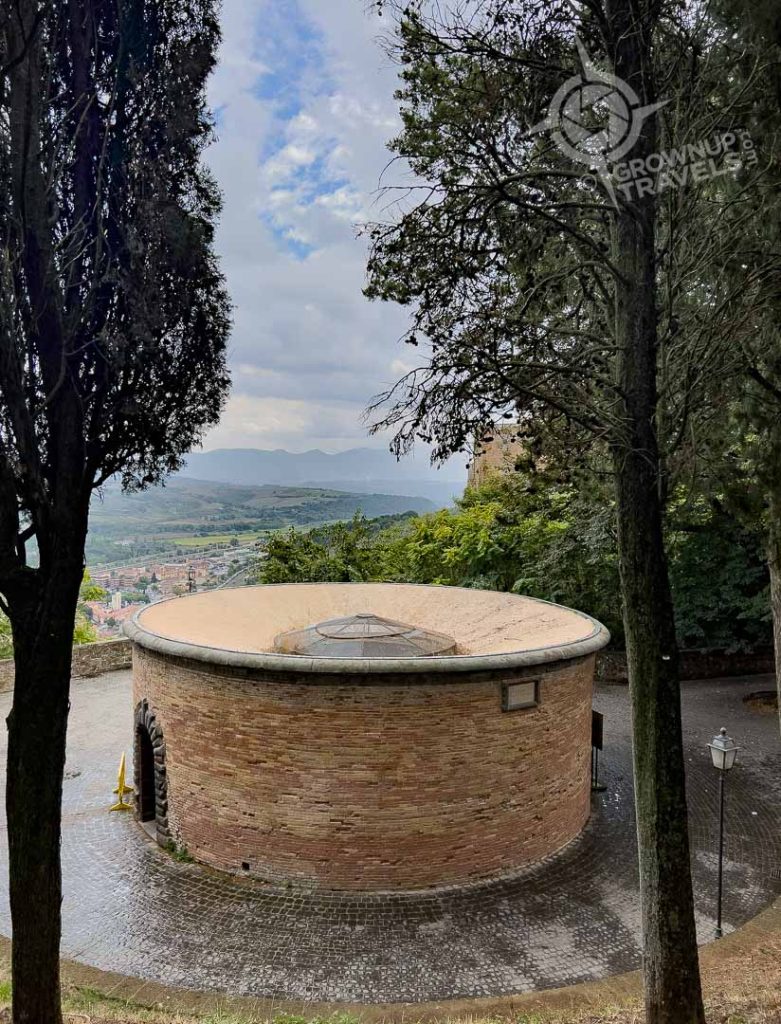
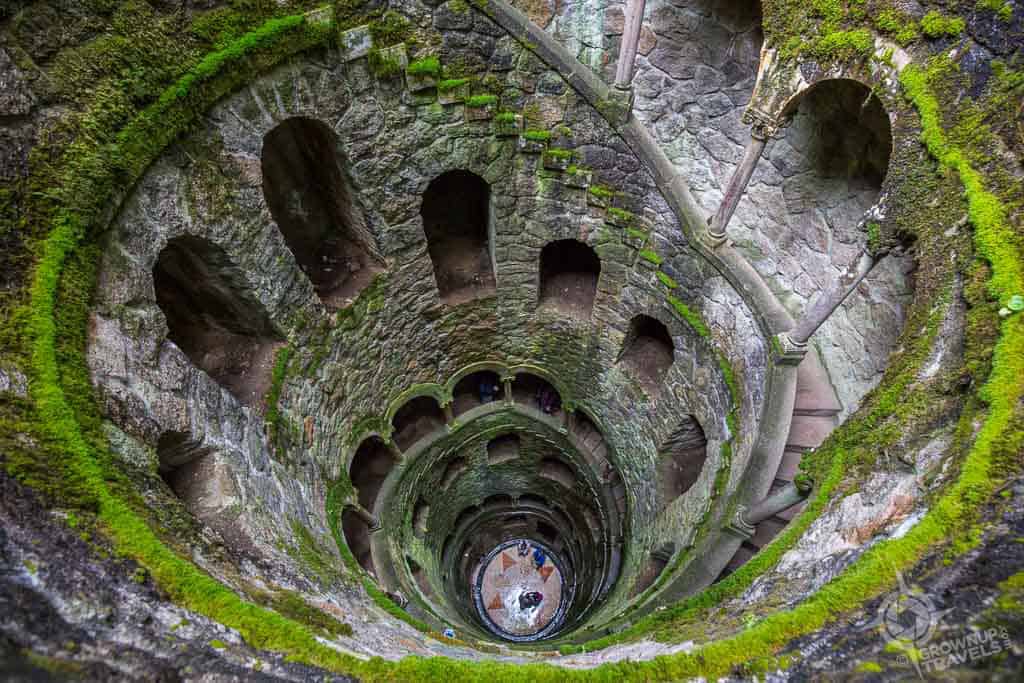

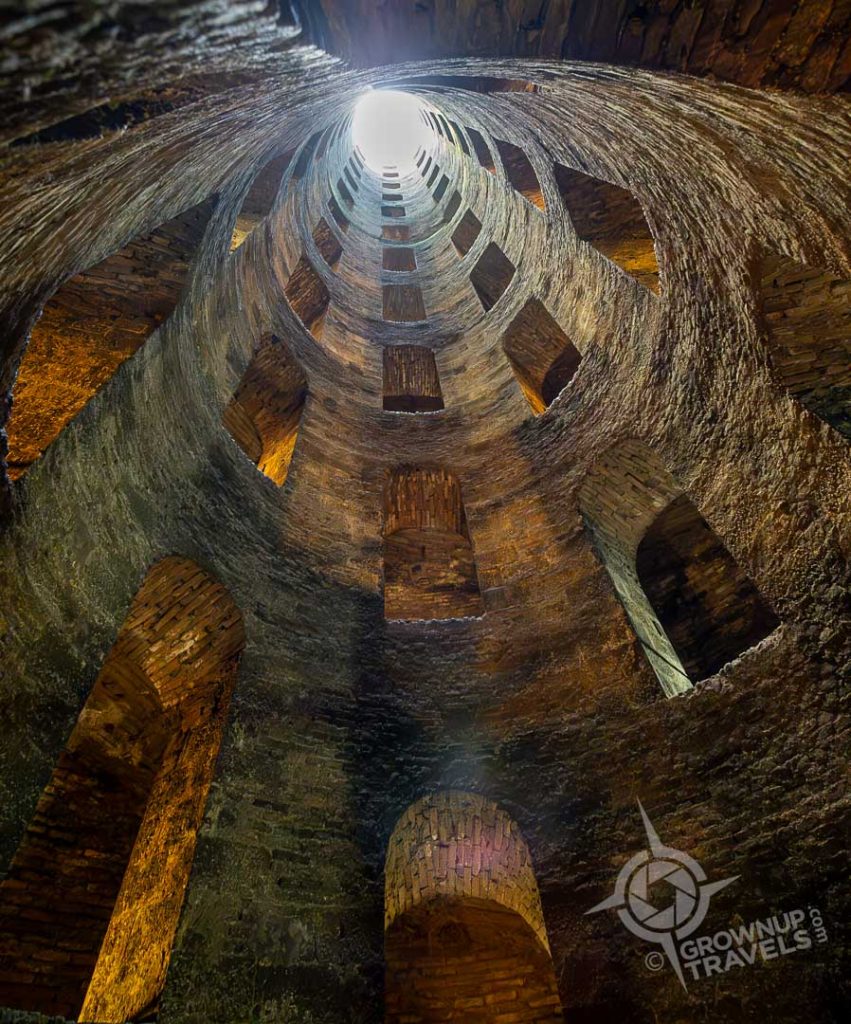
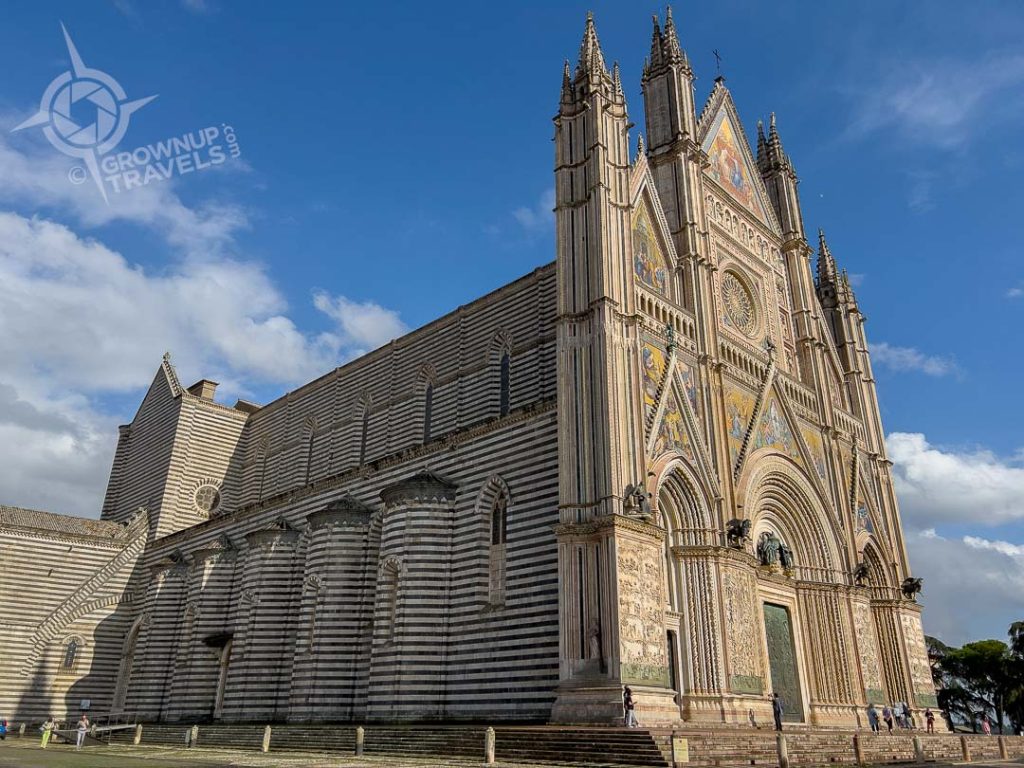
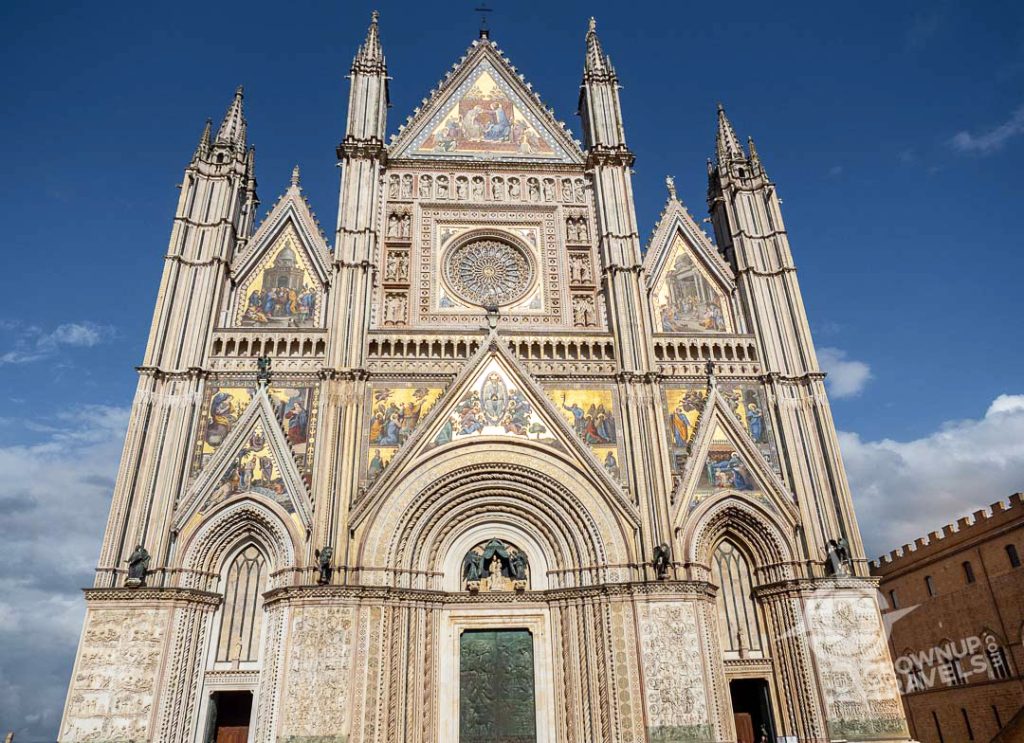
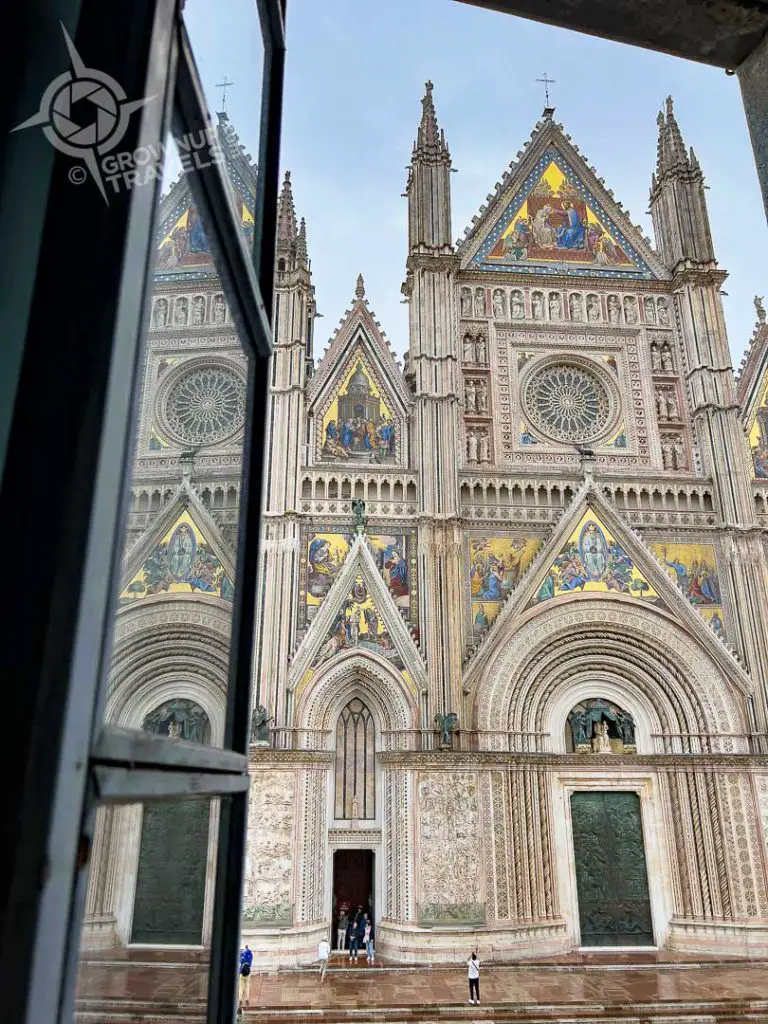
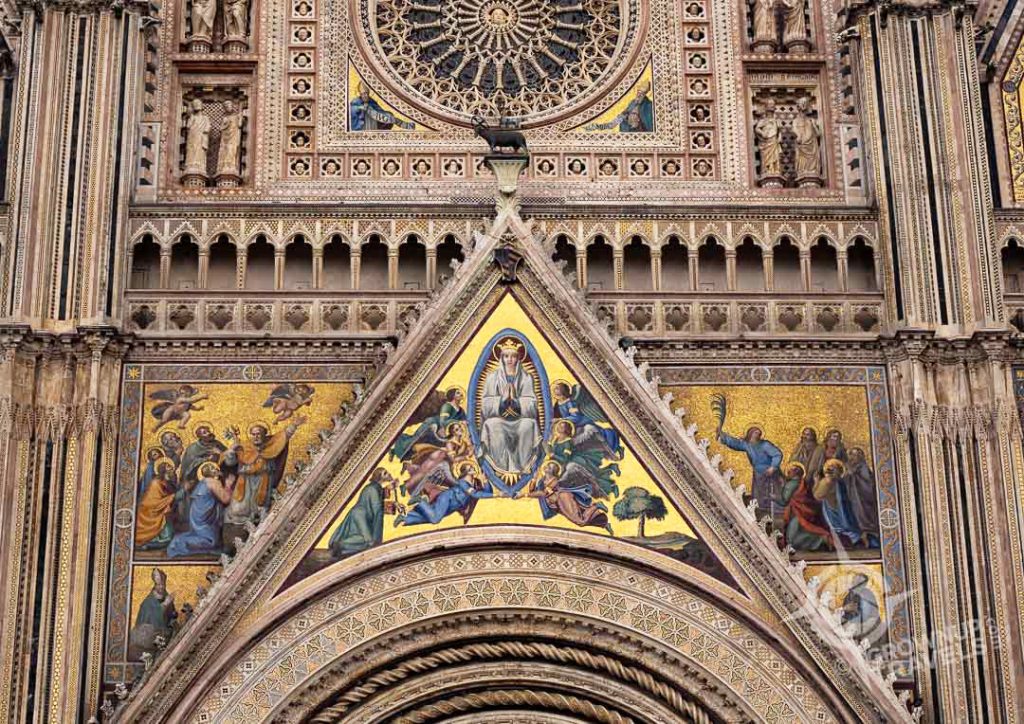
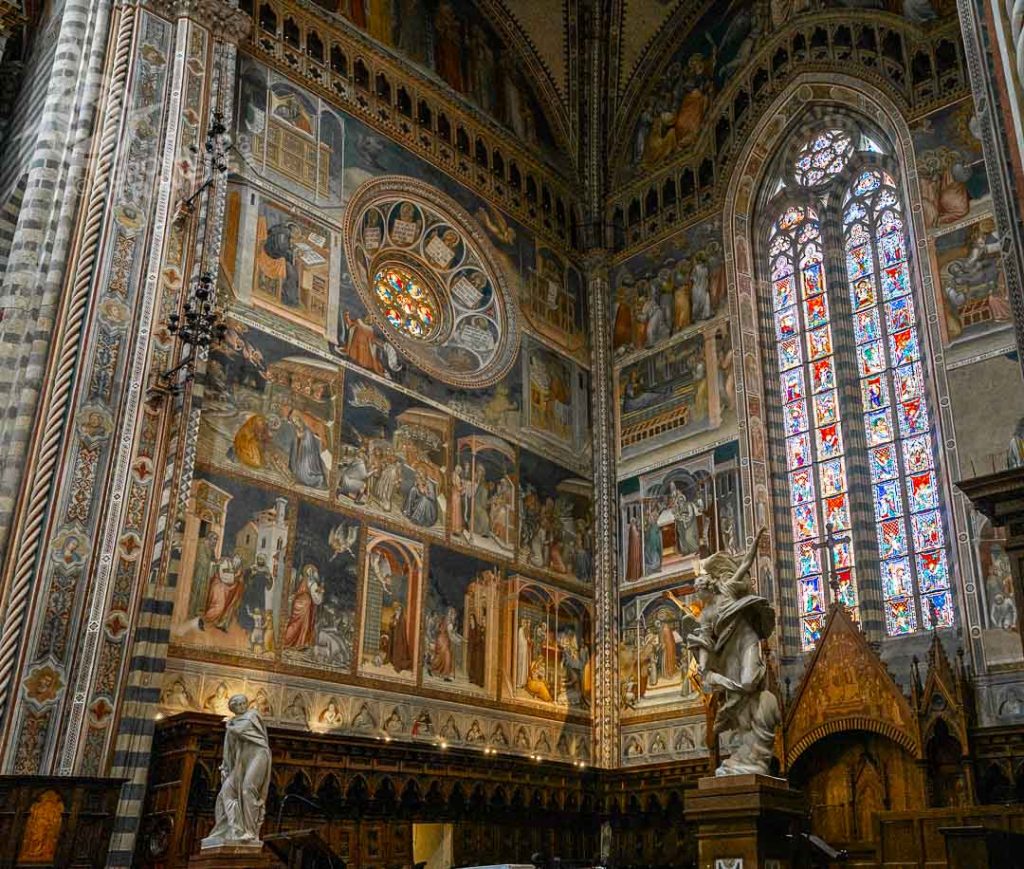
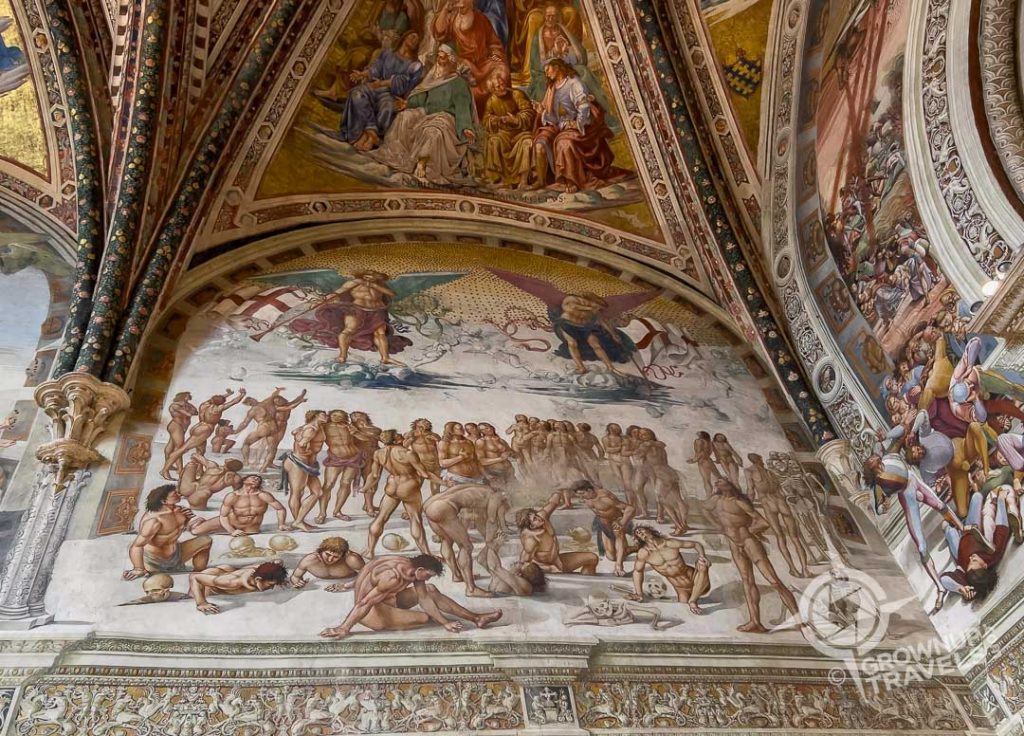
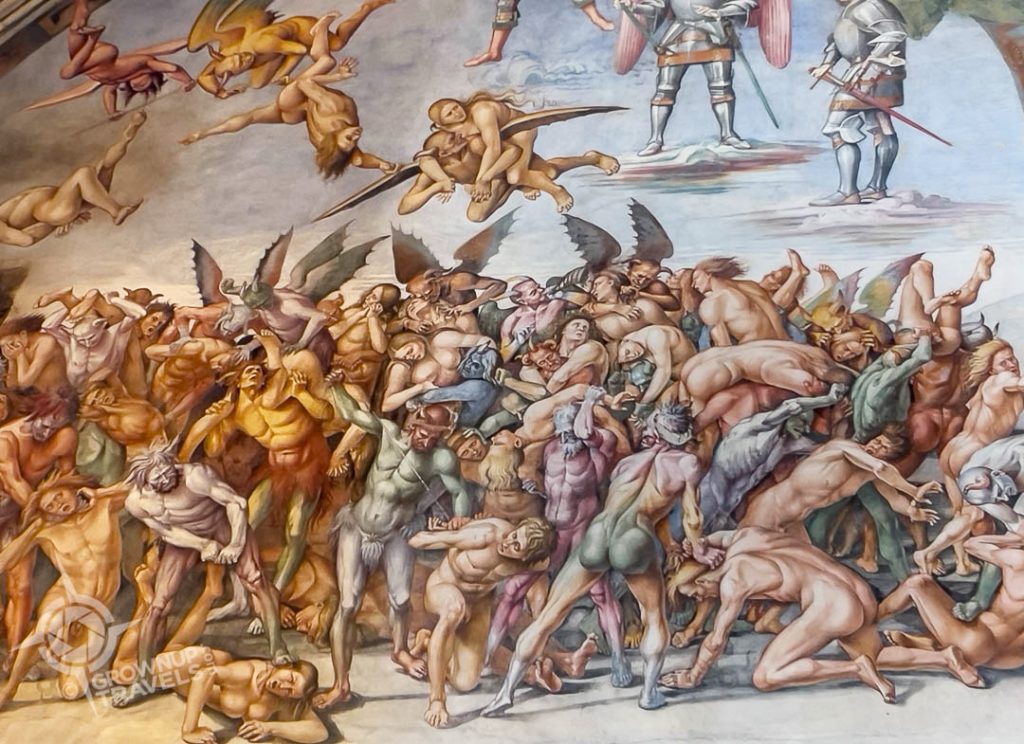
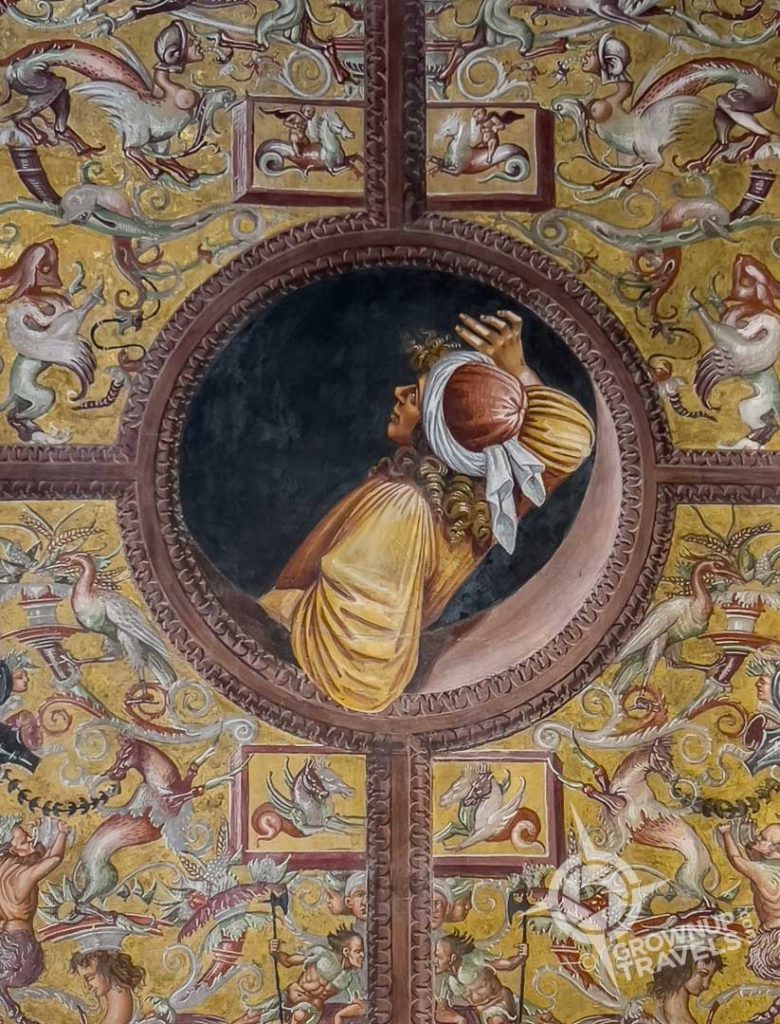
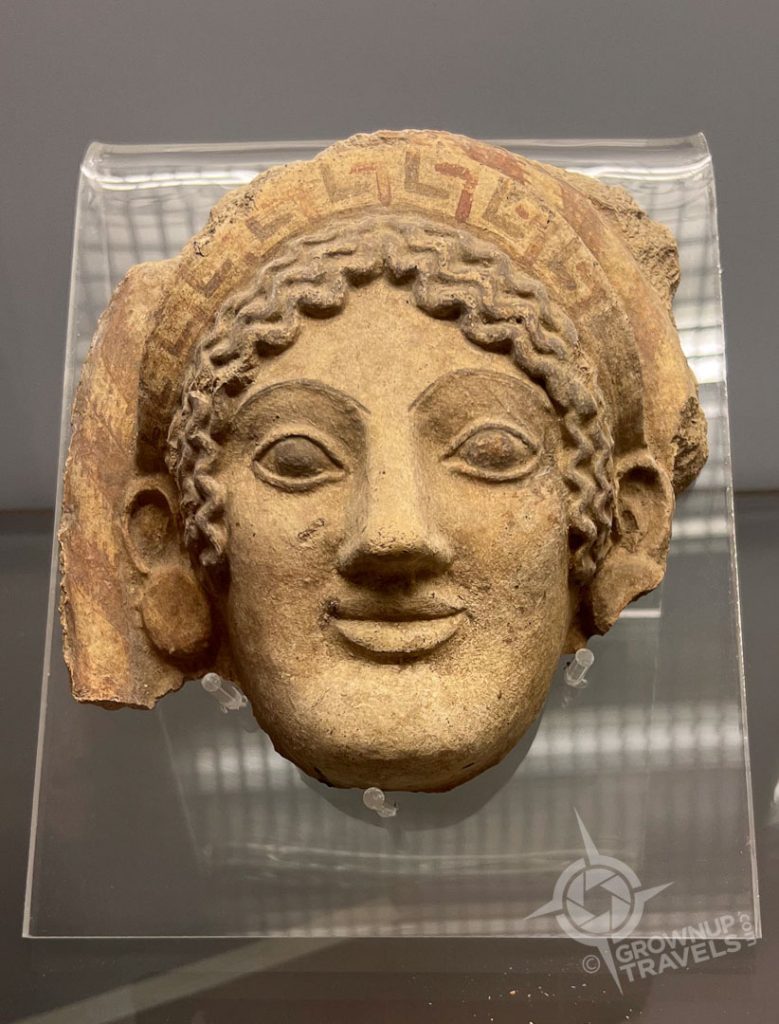
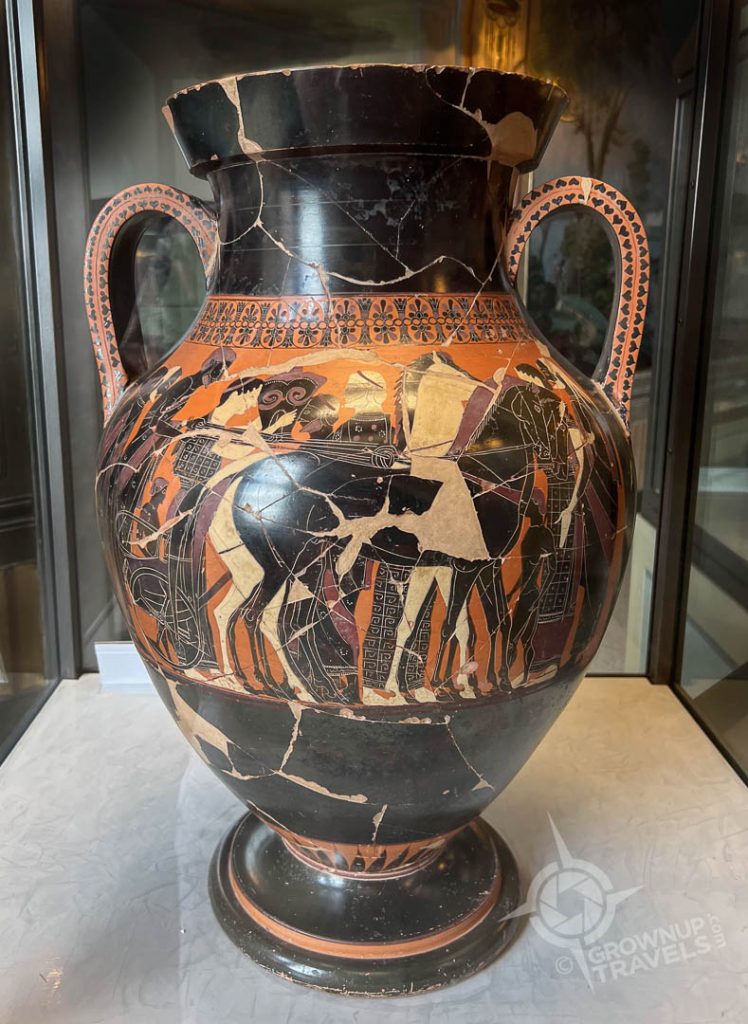

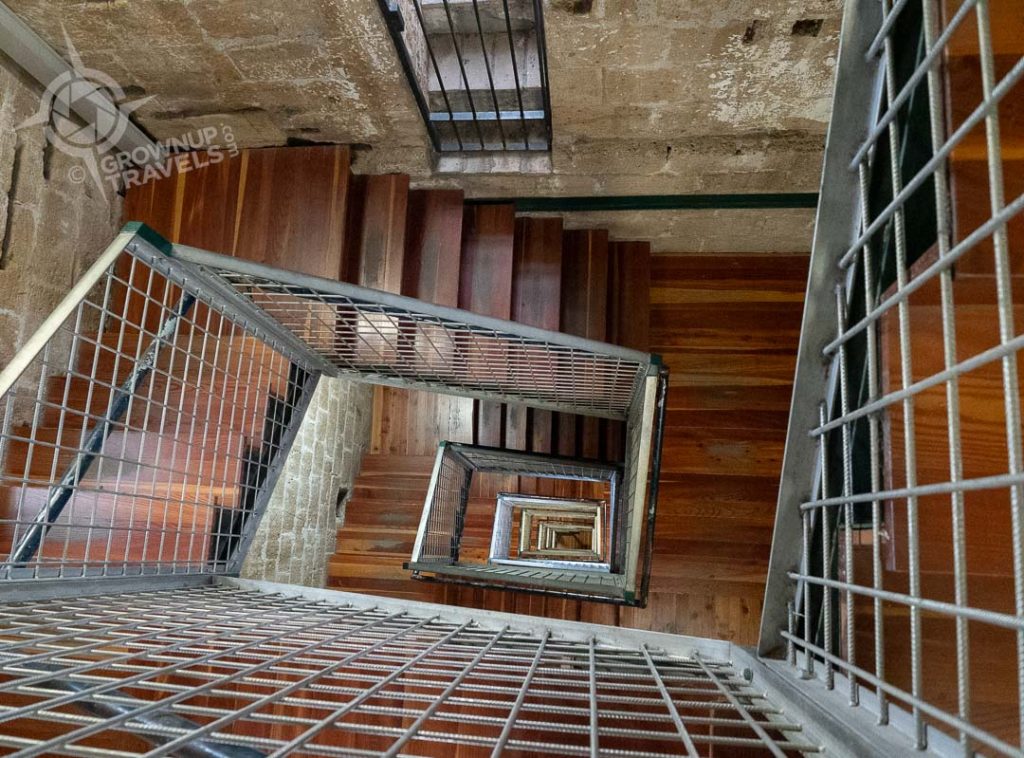
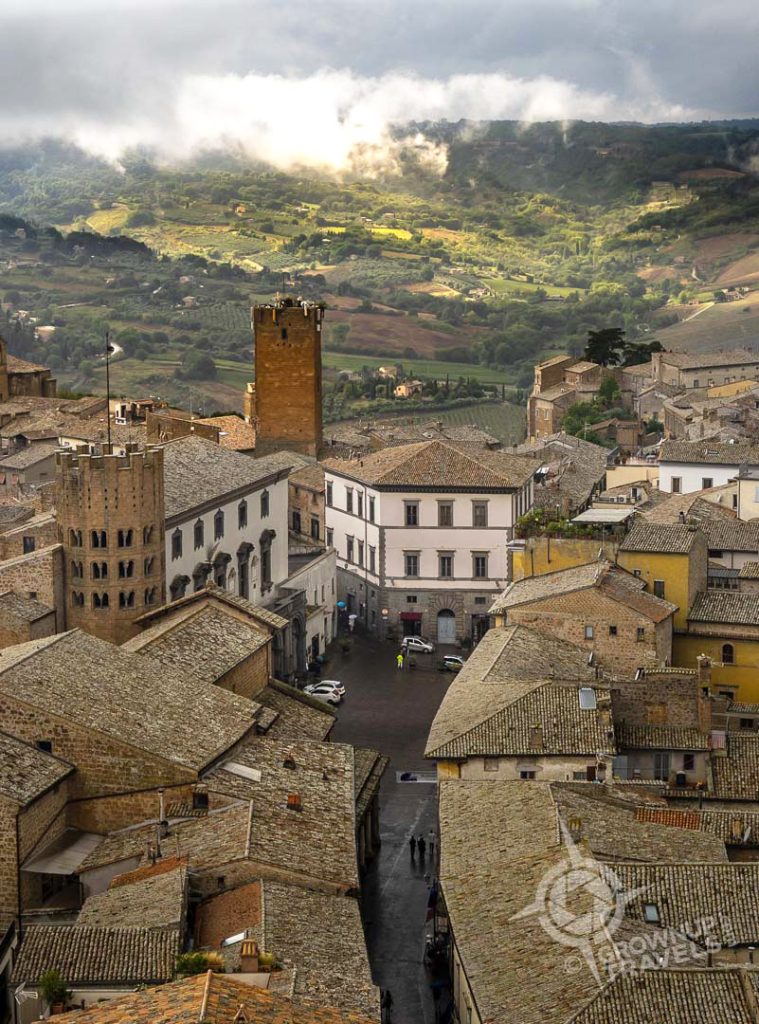
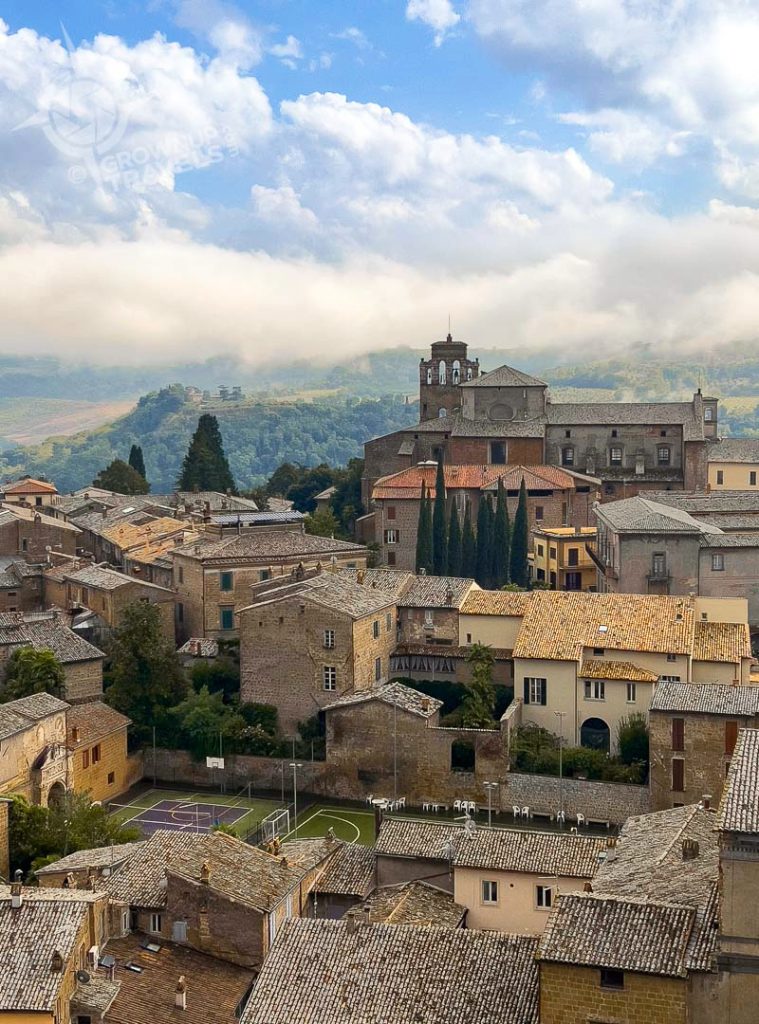
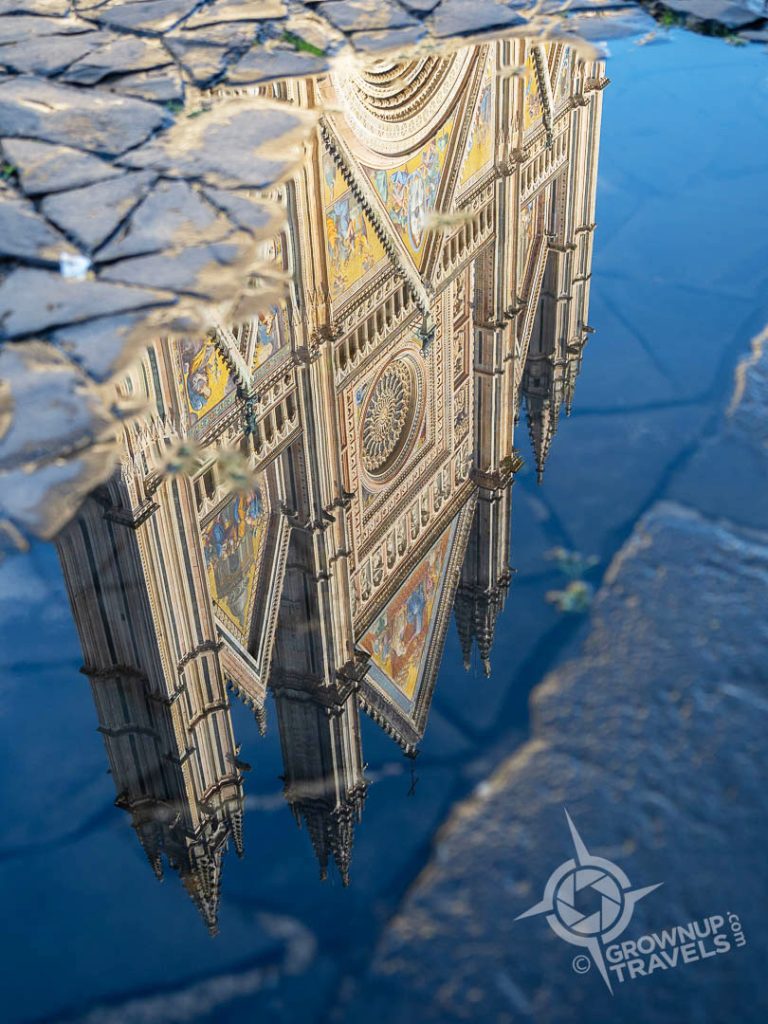
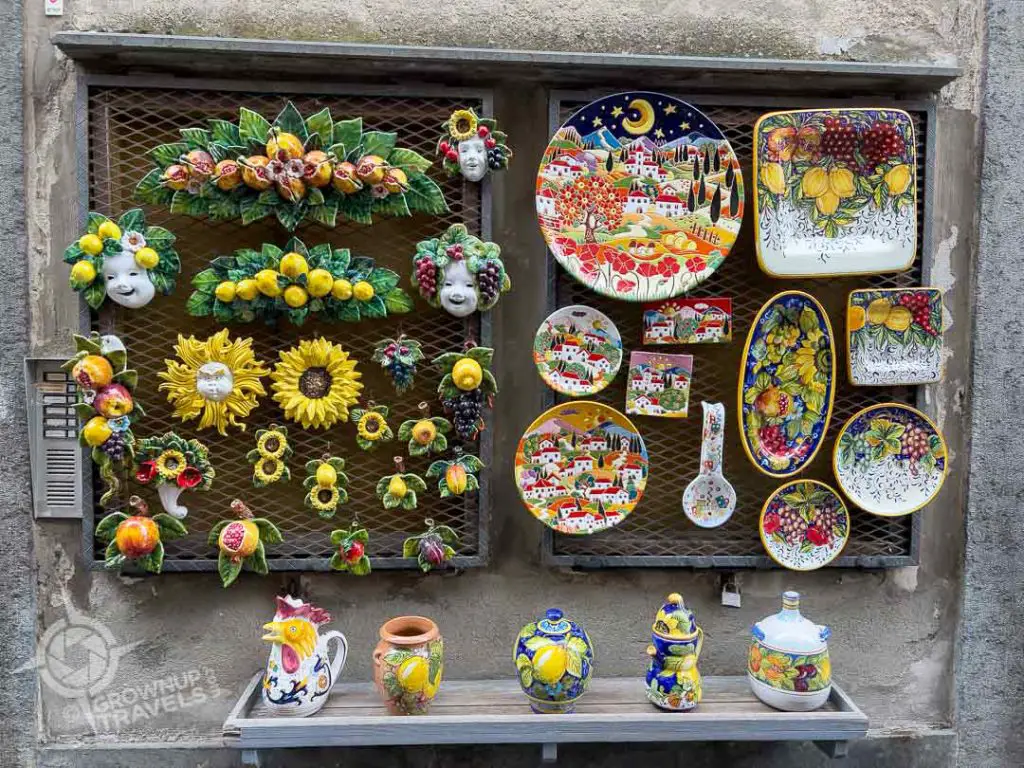
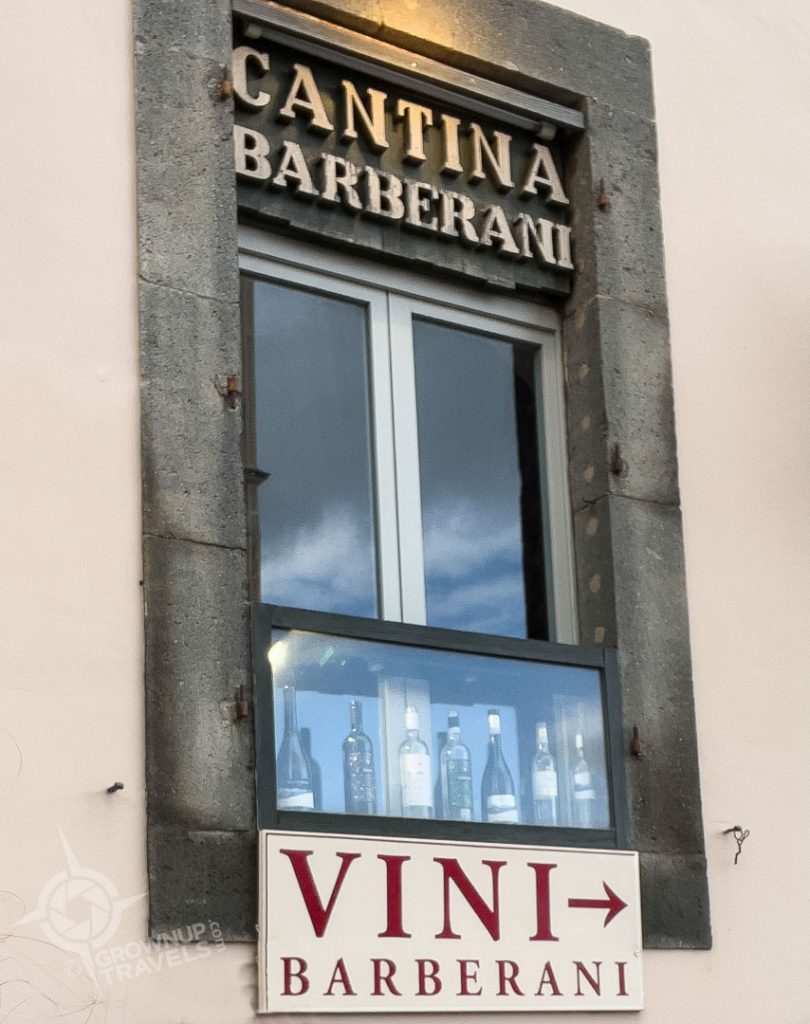
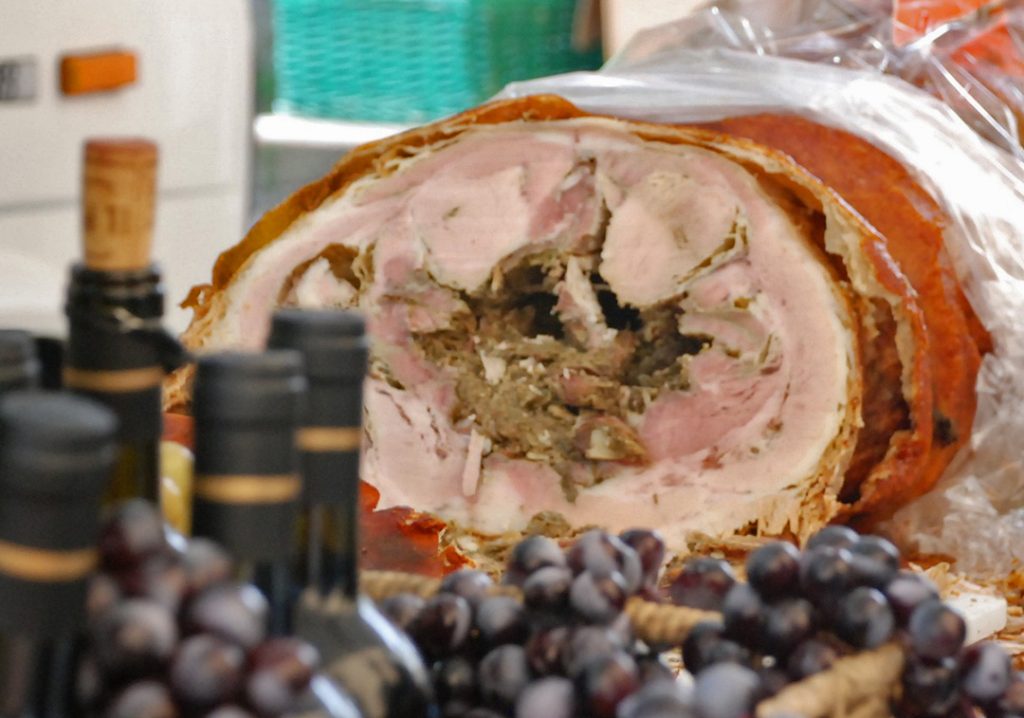
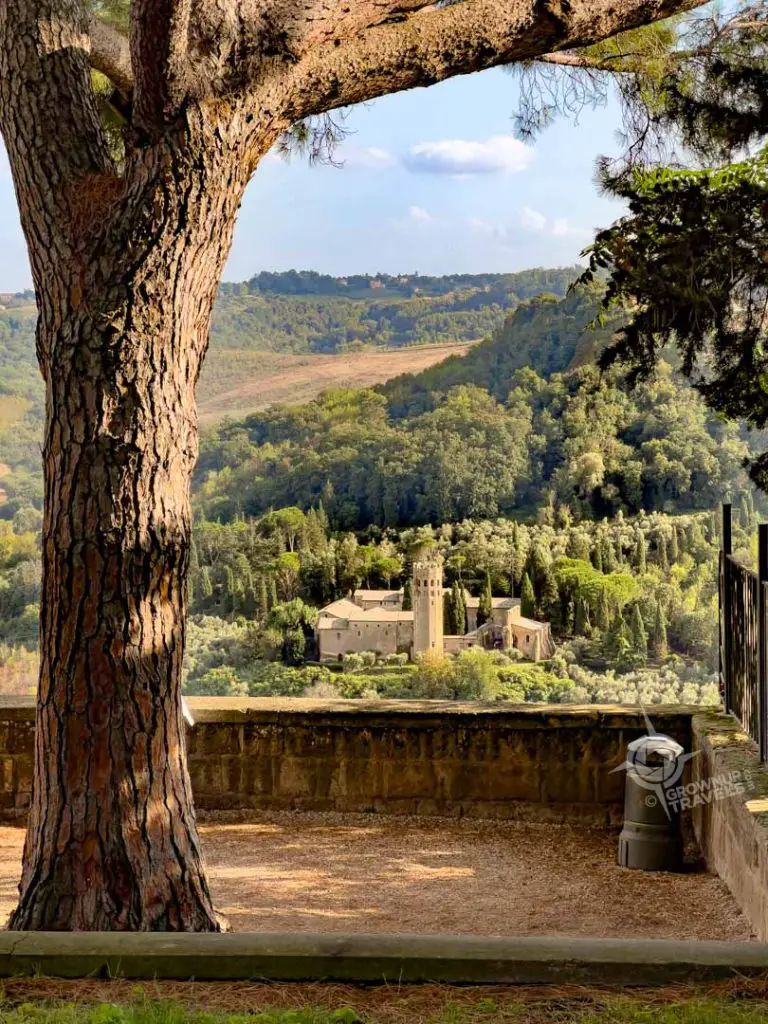
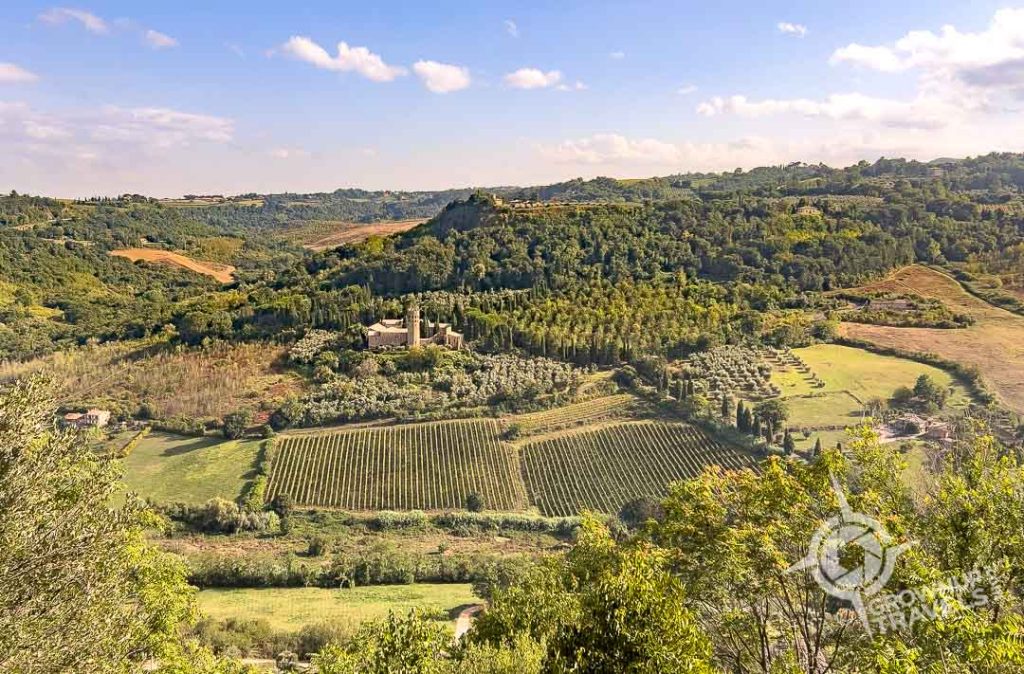
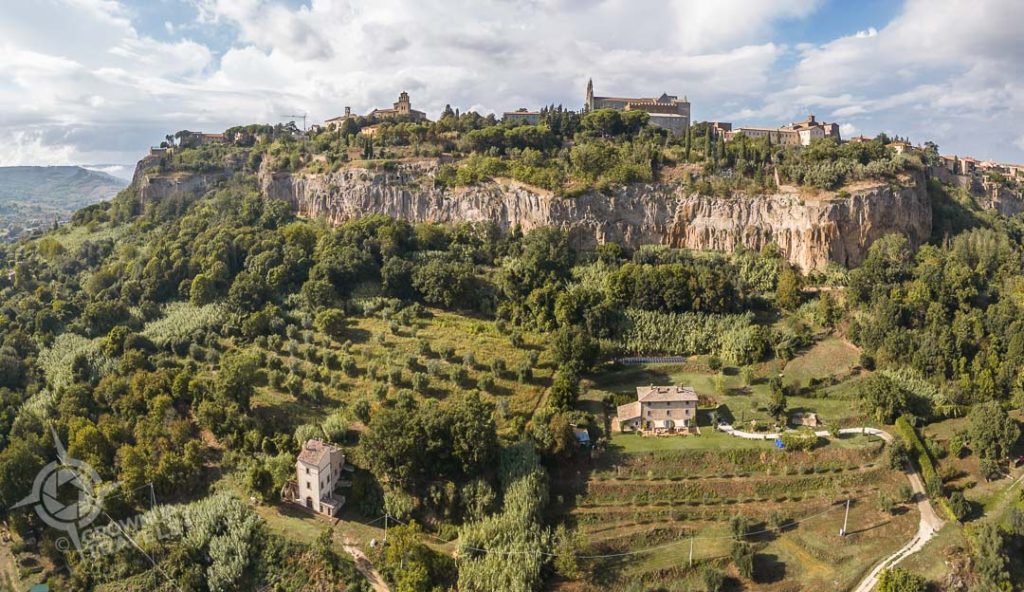
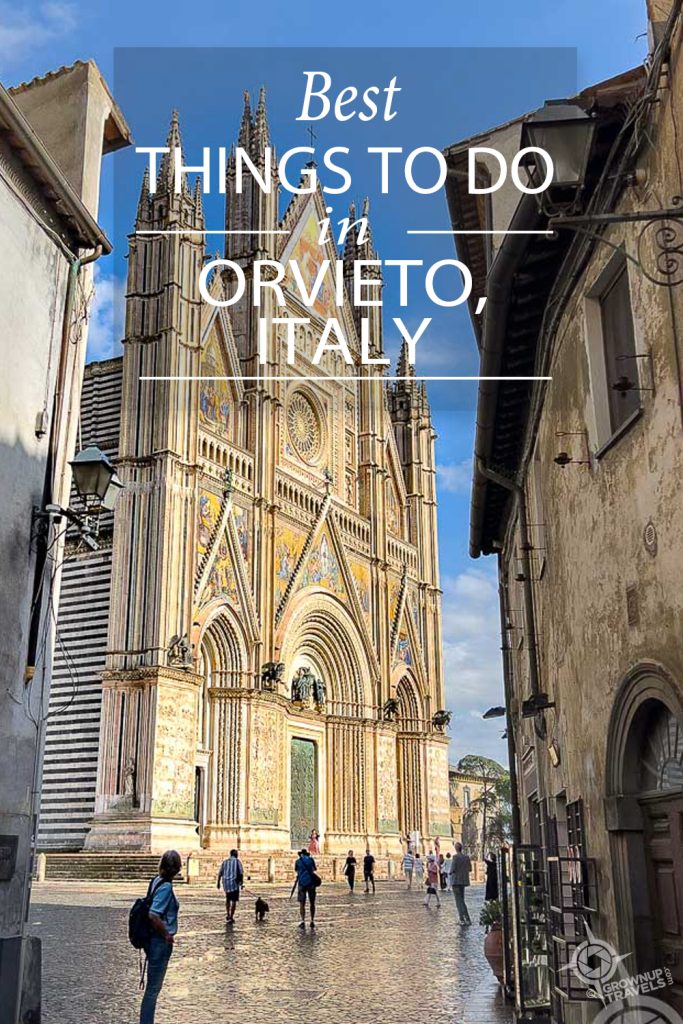











A great visit for you and a great visual visit for me!
So glad you enjoyed your vicarious visit, Wanda!